Alice Munro Archive
Revisiting Alice Munro’s “Material”
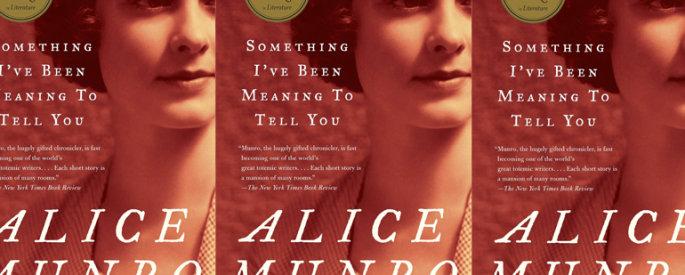
Munro raises questions about the relationship between two things that often coincide in writers: the first is a certain amount of self-indulgence and self-mythologizing; the second is the difficult work of putting aside the ego and observing the world.
Family Furnishings
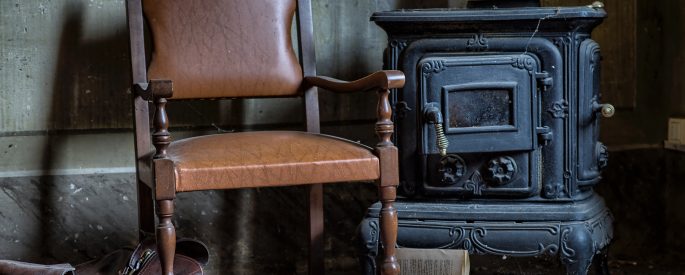
“Family Furnishings,” like many great stories about family histories, is about finding our way to the truth through well-worn myths.
George Saunders, Alice Munro, and the Opposite Poles of New Yorker Fiction

The New Yorker has published more than fifty short stories by Alice Munro and more than twenty by George Saunders. Munro first made the cut in 1977. Saunders began publishing short fiction in the magazine in 1992.
Christmas with Alice Munro

Like many of Alice Munro’s stories, her Christmas stories are occupied with work and explore the subtleties of how work defines identity. Of the three stories I’ll discuss, “The Turkey Season” (1980) is the most explicitly about Christmas, ending with a snowy tableau on Christmas Eve.
Fiction Responding to Fiction: Flannery O’Connor and Alice Munro

Munro has spoken about her debt to American writers from the South, including O’Connor, and we can clearly see how “Save the Reaper” is responding to O’Connor’s story by touching on similar themes and even moments, and yet spinning off from the original in true Munro fashion.
Opulence and Escalators: Xu Xi’s “Famine”
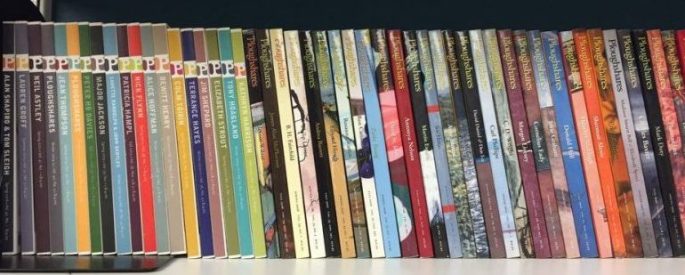
Every once in a while the short story gets its moment in the literary spotlight. It happened in 2008 when Elizabeth Strout’s linked story collection, Olive Kitteridge, won the Pulitzer Prize; and again in 2013 when the Nobel Prize committee recognized Alice Munro’s lifetime achievement in the form.
A Held Breath: Alice Munro’s “Tricks” and Waiting in Literature
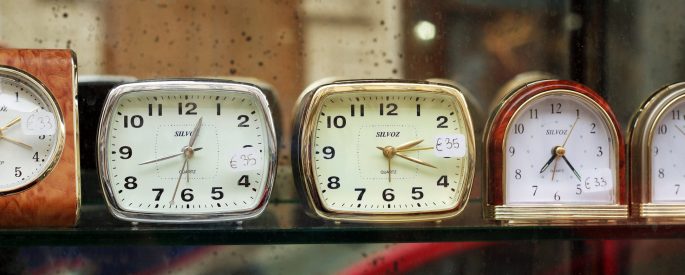
I am in the midst of an anticipating season. My first book comes out in a month; my second baby will be born in a little over two. I’m finding that in terms of productivity right now I’m pretty useless.
Long and Short of It

In the term short story, “short” is a little baggy. You might find, within a collection of short stories, some that are a few pages, some that are thirty or more. Compared to a five-hundred-page novel, of course, neither of these is a long piece of writing. Both are
The Best Short Story I Read in a Lit Mag This Week: “Nashua” by Sara Majka
A critique often heard in creative writing workshops is that the protagonist of a story is too observational—read: passive—and not enough involved in the action, rendering a story that is either too “quiet” or a protagonist with too little at stake in the outcome of the plot. I think
The Past, Living
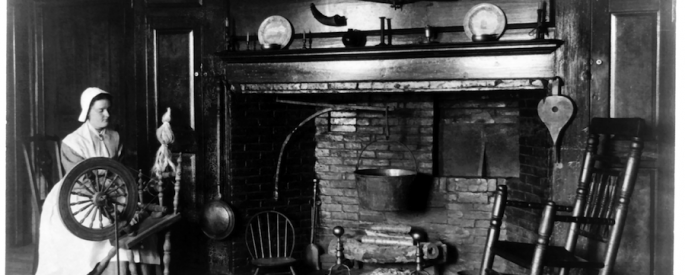
For a person who loves writing and reading stories that take place in the past, I don’t seem to like the term historical fiction much. It tastes of dust to me. No doubt unfairly, I think of a certain kind of novel when I hear it. You know the
- 1
- 2